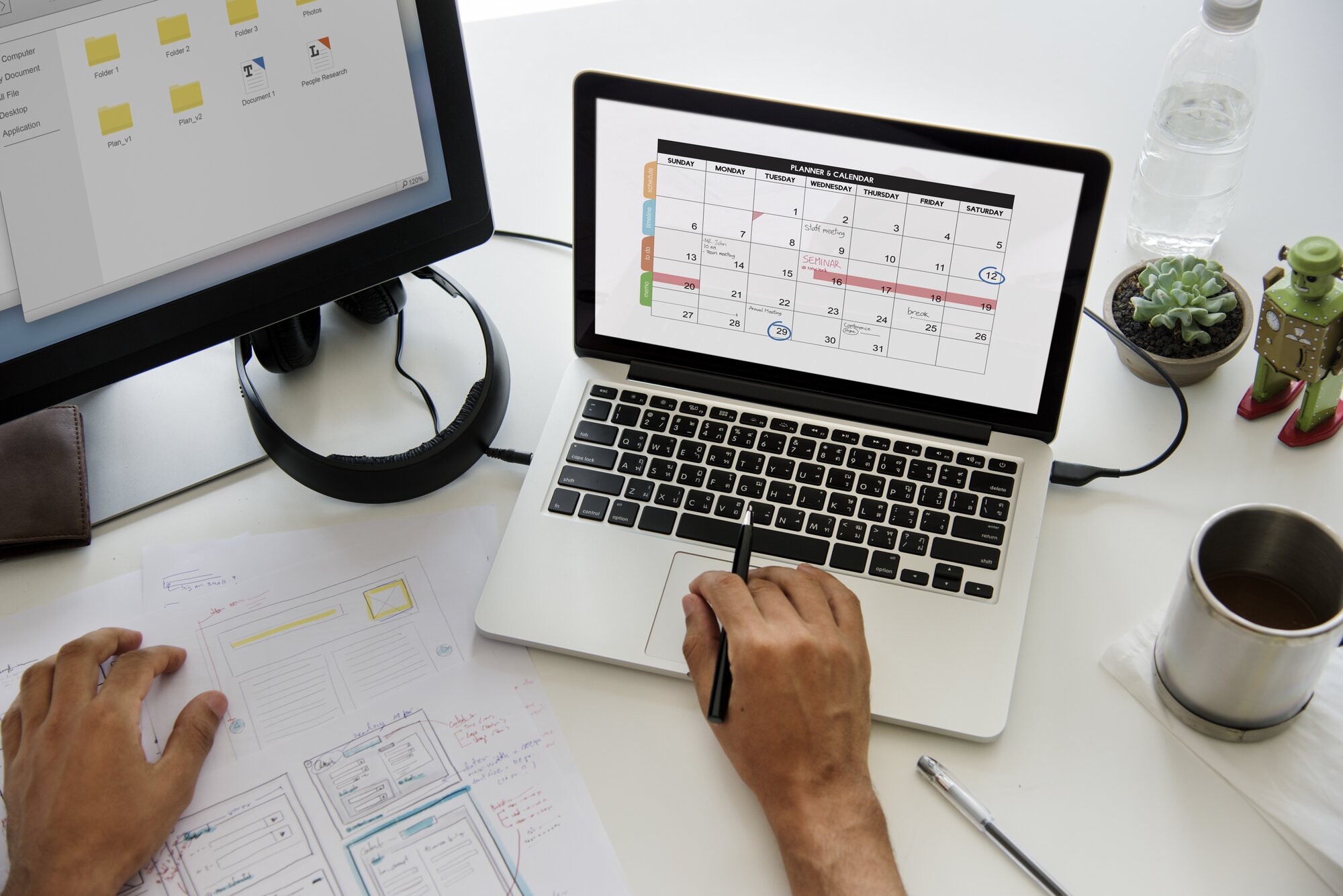Stress is natural, but its impact is far beyond temporary annoyance. This article will examine how stress affects physical and mental well-being and sabotages our daily routines in subtle but powerful ways. While most of us assume stress is an acute issue, it can slowly drain away our well-being in the long run, giving rise to all kinds of problems, such as anxiety, insomnia, and even heart disease. Stress never appears in an obvious way, but its impact can be catastrophic after some time. Knowing the mechanism of stress, how to reduce stress and how to deal with it is the only way to provide good general health and well-being

Is all stress bad for you?
Not all stress is bad for us. While chronic stress can have harmful effects, stress in certain situations can be beneficial. It is an inherent part of life that we cannot wholly eliminate, nor should we try to. Stress can respond naturally to challenges, keeping us alert and focused. In moments of danger or high pressure, stress activates our "fight or flight" response, preparing our body to handle immediate threats. This can help us react quickly, make decisions, and avoid potential harm.
Additionally, stress can motivate us to perform better in tasks or meet deadlines, pushing us to stay productive and achieve goals. However, it's important to recognize when stress becomes overwhelming or prolonged, as it can lead to negative physical and mental health effects. The key is finding a balance and using stress support while managing its intensity for long-term well-being.
The Importance of Stress Management
Proper management of stress is vital to guarantee physical and mental well-being. Different types of stress affect us in various ways, and it is possible to prevent long-term harm by learning how to manage and control them. Understanding the nature of stress enables us to manage problems more wisely and enjoy healthier, more balanced lives. The following are guidelines on how to cope with different types of stress:
Controlling "Good" Short-Term Stress
Also known as eustress, this type of stress is constructive and stimulating if used in small amounts. It usually occurs when preparing to meet a challenge, e.g., meeting a deadline or preparing for an event. Stress can help us stay focused and stimulated at such times. The key is to channel this energy positively by organizing, creating tangible goals, and practicing relaxation like deep breathing or meditation. This prevents the pressure from rolling into a mammoth anxiety that overwhelms our abilities.
Control of "Bad" Short-Term Stress
This type of stress occurs when faced with surprises, such as disagreements, unexpected crises, or failures. It can make us anxious or fearful. Stress management skills such as deep breathing, mindfulness, or problem-solving techniques might soothe the mind and re-establish control at this stage. Pausing momentarily, thinking, and responding coolly can clear stress and prevent hasty choices.
Managing "Bad" Chronic Stress
Chronic stress, which typically originates from chronic issues like financial hardship or illness, can impact our well-being in the long run. Left unmanaged, it can also cause severe conditions such as anxiety, depression, or cardiovascular disease. It requires managing chronic stress by building resilience through ongoing self-care practices. Seeking help from family and friends or experts, coupled with following habits that can help prevent stress, such as regular exercise, healthy eating, and adequate sleep, can greatly improve mental and physical health.
How Stress Affects Your Mental Well-being
Unmanaged stress can profoundly affect our mental well-being. Chronic stress over time can contribute to anxiety, depression, and burnout. It is crucial to identify signs of mental strain and take action early on to manage stress before it seriously damages your emotional well-being. Prioritizing self-care, help-seeking, and stress management techniques can all be combined to maintain your mental well-being in the long term.

The "One Breath, One Pushup, One Squat" Technique
How to stress less? The "One Breath, One Pushup, One Squat" technique combines mindful breathing with simple physical movements. In this practice, each push-up and squat are paired with a deep breath, helping to reduce stress, increase focus, and enhance physical fitness.
Yuri Minski, a Vision Strategy Coach, Health Advisor, with over 20 years of experience in martial arts, introduces a simple yet highly effective technique in this chapter that you won't want to miss.
What is the Technique?
The "One Breath, One Pushup, One Squat" technique is a simple yet powerful practice designed to help individuals handle stress and improve physical and mental well-being. The low stress training involves performing one slow push-up over 10 or 15 seconds while breathing continuously and naturally throughout the entire movement. The same can be done with a squat or a variety of other movements. This rhythmic practice combines physical exercise with breath control, helping to ground the individual in the present moment while releasing tension. Focusing on one movement at a time promotes mindfulness and helps clear the mind of distractions. The technique is easy to incorporate into daily routines, making it an effective tool for reducing stress, improving focus, and enhancing physical fitness. The author explores this technique in greater detail in the book, Insights from Extraordinary Coaches, offering insights on using it for personal growth, stress reduction, and a balanced lifestyle.
It combines three elements that have a positive effect on the body and mind:
● One breath: deep, controlled breathing to calm the nervous system.
● One push-up: a physical activity that activates muscles and improves circulation.
● One sit-up: A movement that reduces tension and activates essential muscle groups.
Benefits of the Technique
The "One Breath, One Pushup, One Squat" approach offers many benefits to reduce stress levels and promote overall well-being within a brief time frame. Some of these include:
- Relief from Stress: Combining mindful breathing and movement stimulates the relaxation response, reducing stress hormones and promoting relaxation.
- Improved Concentration: Connecting with each breath and movement cleanses the mind, improving concentration and clarity.
- Boosted Energy: The physical activity involved boosts blood circulation, which provides an immediate energy boost and reduces feelings of fatigue.
- Greater Mindfulness: The exercise encourages being present at the moment, stopping the cycle of negative thinking, and re-establishing mental balance.
- Easy to Practice: Its simplicity makes it easy to implement throughout the day, anywhere in the house, office, or under stressful conditions.
These benefits render it an efficient way of managing stress, which shall be further expounded upon in the author's subsequent book.
Incorporating the Technique into Daily Life
To truly experience the benefits of the "One Breath, One Pushup, One Squat" technique, it’s essential to integrate it into your daily routine. Doing so can help make stress management a natural part of your day. Here’s how you can incorporate the technique effectively:
Creating a Routine
For maximum effect, add the technique to your daily schedule at different times to suit your needs:
- Every morning. Start your day with a few rounds of the technique to energize yourself and set a positive tone for the day ahead.
- At lunchtime. Use it as a quick recovery break to recharge, clear your mind, and reduce midday stress.
- Wind down before bed in the evening by practicing the technique to calm your mind and relax your body, which will help you sleep better.
Combining with Other Stress Management Strategies
To enhance the benefits, you can combine this technique with other stress management tips:
- Meditation. Pair the technique with meditation for deeper relaxation and mental clarity.
- Yoga. Yoga improves flexibility and relieves physical tension, complementing the physical movements of the technique and Yoga poses to reduce stress.
- Walking in the fresh air. After practicing the technique, incorporate a short walk to give yourself additional recovery time and connect with nature.
Combining these methods can create a powerful, holistic process to managing stress and enhancing overall well-being.
Power of Mind-Body Relationship
Mental and physical health are powerfully and undeniably connected. What we cannot knowingly feel in our minds, our bodies will often demonstrate without fail. Stress, worry, and other emotions may physically manifest themselves as tension, headaches, or lethargy. Awareness of this connection is vital to coping properly with stress since addressing the physical symptoms will often ease the mental tension.
The Body's Role in Stress Management
Our body and mind are highly interrelated, and exercise is essential in stress management. Exercise can affect our emotional and mental well-being significantly by:
- Decreasing cortisol levels. Exercise reduces the level of cortisol, the primary stress hormone, in our bodies, which enables us to manage stress better.
- Developing endorphins. Exercise increases the number of endorphins and natural mood-elevating chemicals, and the body boosts the mood and stress-handling capabilities.
- Releasing muscle tension. Exercise also causes a drop in the body tension accumulated as an effect of stress, and an air of calm is experienced.
Obtaining A Clutter-Free Mind from Exercise
Physical exercise, like the One Breath, One Pushup, and One Squat movement, can purify the mind. During physical exercise, we tend to feel clearheaded, as bodily movement shifts our minds away from negative thoughts and focuses our energy positively. The body also employs the mind when it practices, so we feel calm and centered, hence an effective way of coping with stress.
Taking Control of Your Stress
Taking control of your stress is essential for maintaining physical and mental well-being. The "One Breath, One Pushup, One Squat" technique and other stress support management strategies like exercise, meditation, and yoga help reduce stress, improve focus, and enhance mood. By incorporating these methods into daily routines, you can effectively manage short-term and chronic stress, achieve mental clarity, and strengthen resilience. Recognizing the mind-body connection and using physical activity to alleviate stress will significantly boost your overall quality of life, promoting a healthier, more balanced lifestyle for long-term well-being.
Choose Yuri Minski as Your Trusted Coach
Select Yuri Minski as your trusted coach and take the first step towards a healthier, more balanced life. Yuri is an experienced martial artist and health advisor who brings years of knowledge and expertise to his coaching. He leads the Vibrant Health program, designed to help you manage stress, improve your physical fitness, and enhance your mental well-being. His upcoming book will dive deeper into effective strategies for achieving optimal health and stress reduction. Whether you want to improve your physical fitness or mental clarity, Yuri is the perfect guide. Learn more about his approach at DreamCoachMatch.






